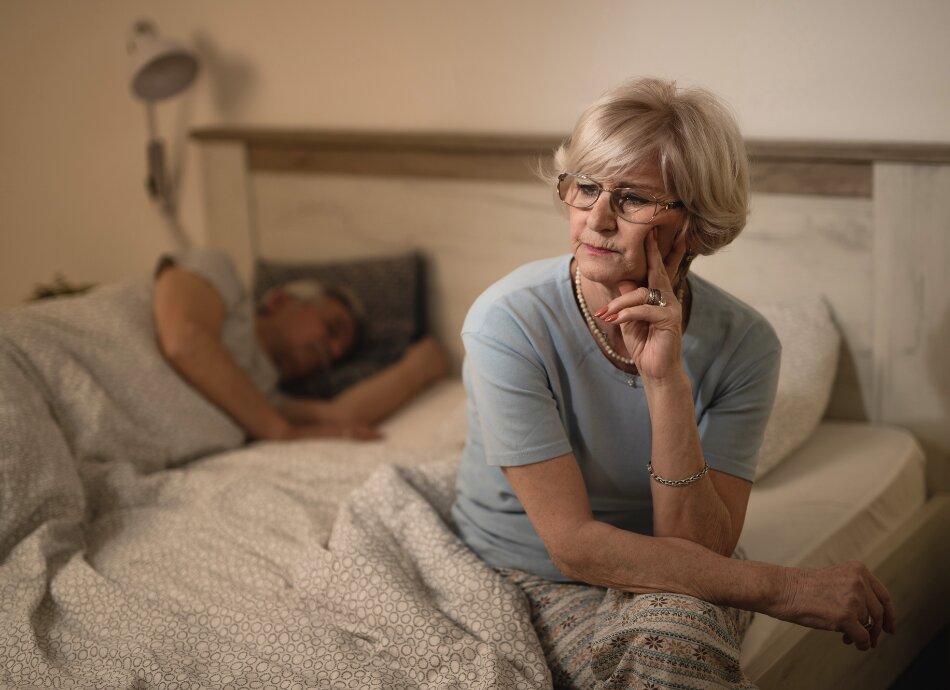RLS is a condition in which you have an unpleasant feeling or sensation, usually in the calves of your legs, that results in a strong, uncontrollable urge to move your legs.
- The symptoms are usually brought on by rest and are worse in the evening or night.
- Movement such as walking or stretching brings relief for a short time, but the symptoms usually return once you settle into a restful state.
- Both legs may be affected or one may be worse than the other.
- Sometimes other parts of your body, such as your arms or lower back, may be affected.
- RLS can affect your sleep and lead to tiredness, feeling sleepy or trouble concentrating. If this happens, see your doctor and get help to manage your symptoms.
Note: Nocturnal (night-time) leg cramps are different from restless legs. A single jerky movement in the early stages of sleep is common in one third of people and is normal.






